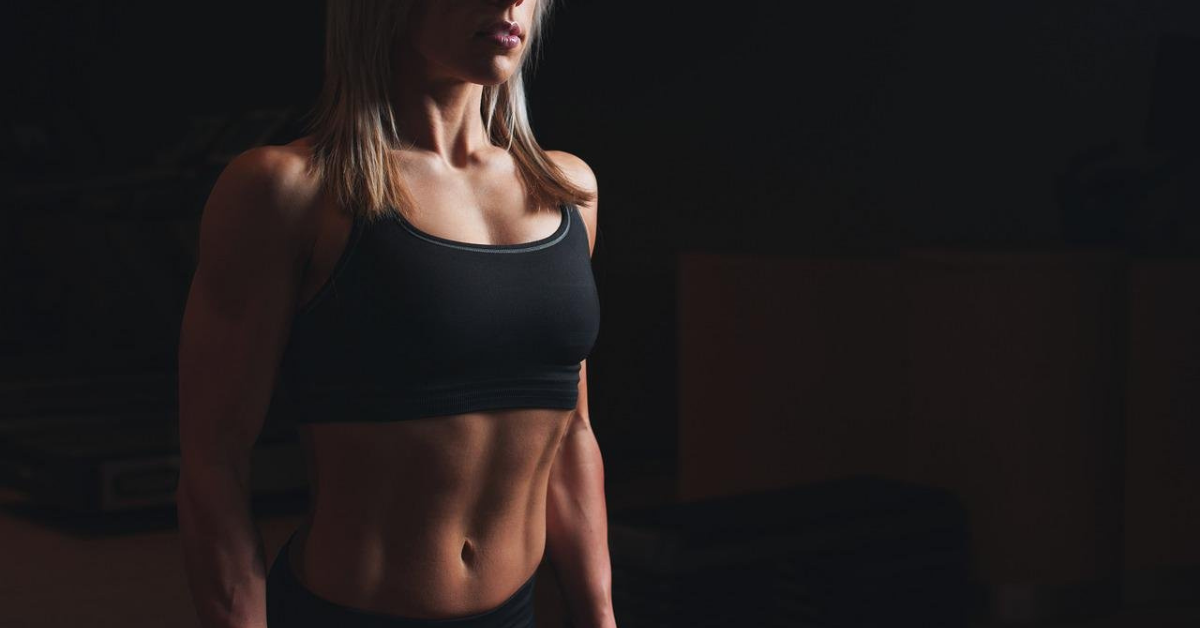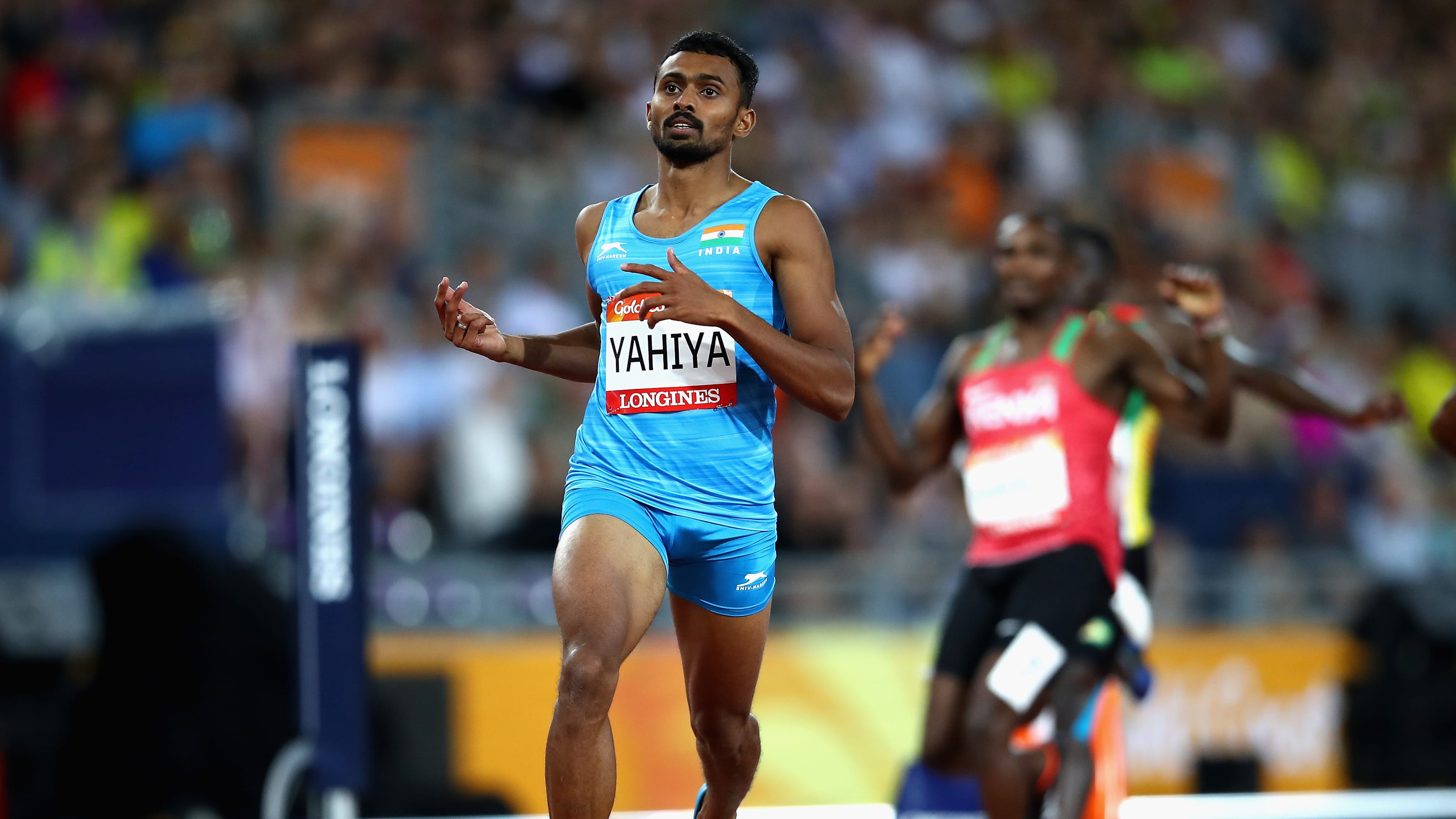
How To Attain The Perfect Athletic Body Type
What does strike your mind when you think of the word ‘Athletic body type’? Does ‘Greek-god’ like body ring any bell? If yes, then that’s just one part of the whole types of sports body available out in the world. While you can’t expect a sprinter to be as well built as a powerlifter as the former sports require a lean body muscle type to produce the endurance and energy.
Here’s a complete tour of different types of athletic bodies and how you can attain them based on your sports.
Types of Athletic Body
One of the key aspects of the perfect athletic body type is the ability to produce high-intensity endurance during the event of any sport. The best way to attain the desired body type is to be extremely disciplined with the workouts and keep a closer eye on the diet. Please consider that the diet that works for one person doesn’t necessarily have to work for you as well. Consult a dietician to craft a diet chart that works for your body.
The athletic body is defined by body shape. One can be a bit heavier than others and still be a successful athlete. The body types are segregated purely based on the body shape and structure.
Let’s dive deeper into the different types of body types.
Endomorphs

Endomorphs are most ideally the body type of common people where they tend to be a bit curvier than the rest. This also means they have the edge over others in gaining extra muscle or weight if needed but when it comes to losing them, it’s easier said than done.
Ectomorphs

The pain to gain extra fat and muscles for the people with ectomorphs body type is real. These body types have considerably less fat and they typically have longer limbs than usual.
Ecto- Endomorphs
The pear shape is what defines this combination of ectomorphs and endomorphs. In a simpler world, the lower body appears to be curvier while there is no fat in the upper body.
Endo- Ectomorphs
Just like its peer, the weight distribution of this combination involves a higher fat content upper body and a leaner lower body.
Mesomorphs

Now comes the most ideal type of body for any athletic figure. This calls for a medium body type with higher muscular development. A person with a mesomorph body type tends to have a muscular chest and shoulders and very less body fat.

The weight distribution is evenly spread out throughout the body. These features will help people to be naturally athletic physique. The body type attributes to a high muscle fat ratio.
4 Steps to get Athletic Body types
Most people out there dream of sporting an athletic body type. A good ounce of effort and consistency can help you get the desired body type and did we mention eating the right diet?
1.Know your body type
Before you could get started with breaking your sweat by working out, know your body type first. Each body type requires different sets of workouts. Muscle gaining or losing those extra bits of fats depends on your body type.
2.Start working out

Identifying the body type can also help you zero in on the exercise that best suits your body. When it comes to working out based on your body type, seeking professional help will deliver you the best result.
For muscle gain, a dedicated diet plan with a strict consistent workout plan will work wonders for the body
3.Eat healthy foods
If you are someone that loves munching on some pizzas or fries, then you have to kiss them a forever goodbye. Avoid sugary products as well as high fat and oily food items to provide a clean risk-free diet to your body.

Rely heavily on carbs as these are the powerhouse for your body and give your body the natural push it requires. The carbs are converted into glucose when they enter your body and stored as glycogens.
Keep a check on your protein levels as well. High-intensity workouts require a sufficient amount of proteins in your body. Including chicken, eggs, and beans can help you achieve the desired numbers.
If you are looking for a detailed overview of food plans, here’s a complete guide on the best foods for athletes for achieving an athletic body.
- Maintain a good sleep routine
A study has shown that an athlete should sleep for an average of 8.5 hrs a day. Your body muscles recover during your sleep after a heavy workout session. Lack of good sleep affects the ability to react quickly and will have a negative effect on your workout routine.
With the right guidance and consistency, anyone can achieve an athletic body with the right amount of dedication and discipline.


